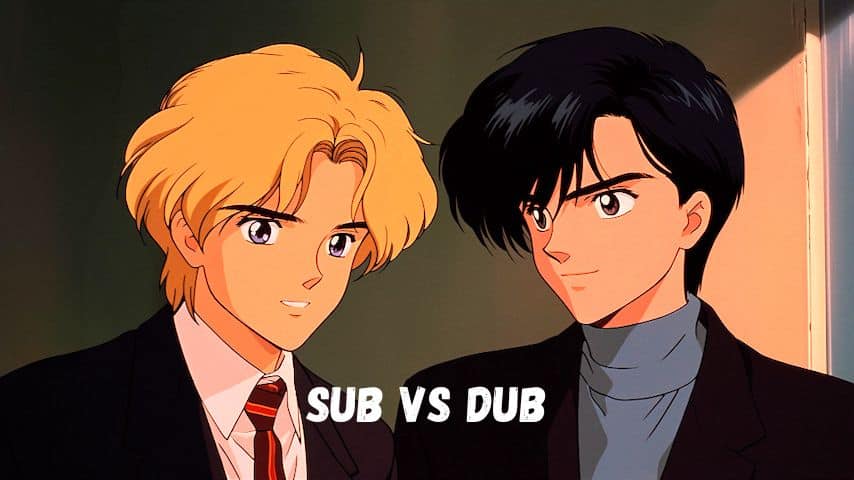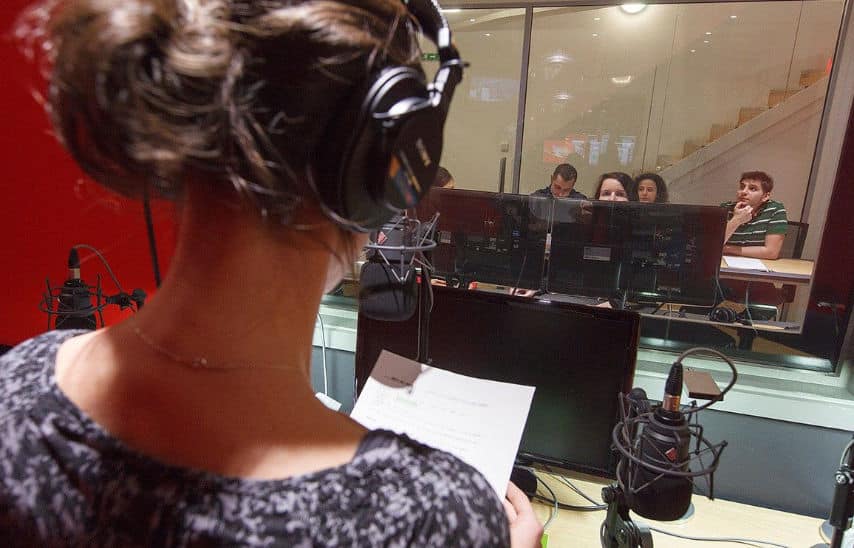For a voice-over artist, a good Scottish accent can bring images of dramatic cliffs, kilts, and bagpipes to the mind of their audience but a bad one can make you sound inauthentic.
The difference in mastering a believable accent lies in grammatical nuances, inflection, and pronunciation.
Mastering the Scottish accent is no easy feat. That said, this guide will provide you all the details you need to master the Scottish brogue for a flawless accent in no time.
Table of Contents
ToggleUnderstand the Scottish Accent
Although the Scottish accent is often associated with the ancient Celtic Gaelic, it is actually a mix of Standard English and Lowlands Scots.
The contact between the speakers of Standard English and Scots gave birth to Scottish English in the 18th century with its own features, customs, and norms.
Scottish English combines an English lexicon, Scots phonology, and Scottish Gaelic roots. It is also one of the newest accents of the British Isles since it was developed only three centuries ago.
Read More: British Voice Over with British Accent
Differences Between Scottish and Other Accents
One of the best ways to learn how to do a Scottish accent is by understanding how it is different from others.
Compared to standard English, the Scottish accent has a very different rhythm, giving it a distinct sound.
Scots use the sound ‘oo’ instead of ‘ow.’ For example, ‘house’ sounds like ‘hoose’ and ‘about’ sounds like ‘aboot.’ Scots also pronounce ‘eh’ as ‘ee’ so you’ll hear them say ‘heed’ instead of ‘head.’
Another interesting difference is that in standard English ‘you’ is used as a singular and plural personal pronoun. In the Scottish accent, ‘yous’ is used as a plural pronoun. For example, “Are yous okay?”
Popular Stereotypes of Scottish Accents
There are four predominant dialects that Scots speak in the four regions of the country. Several sub-dialects exist within these regions.
Insular
The Shetland dialect is lulling and soft with Norwegian influences (check our tips for translating and dubbing to Norwegian). Speakers of this dialect often refer to inanimate objects as ‘she’ or ‘he’ and have an abundance of unique words such as ‘peerie’ which means ‘tiny.’
Another accent from this region is Orkney. This accent has a noticeable intonation with a rising voice similar to the Irish accent or Welsh accent. The vocabulary is also different, where the word ‘too’ is used instead of ‘you.’
Northern
Doric is a historic and unique accent of the northern region. Other accents from this region are Kincardine, East Angus, and Caithness. The Doric accent replaces ‘oo’ with ‘ee.’ For example, ‘moon’ is pronounced as ‘meen.’
Central
Each dialect within this region is similar but with a distinct difference. The Dundonian dialect is spoken in Dundee while Fife Scots is spoken in Fife.
The East Central South accent has its own distinct sound, as can be seen in the works of William Dunbar, a renowned poet.
Southern
A Borders or Southern accent can be easily spotted by Scots. This is a soft lowland accent with a noticeable harmonic and sing-songy sound.
The Borders accent emphasizes on vowels which are pronounced in a unique way. For example, ‘you’ is pronounced as ‘yow’ and ‘pea’ is pronounced as ‘pey.’
A Step-by-Step Guide to a Scottish Accent
The Scottish accent is one of the most difficult to master, but with time and a lot of practice, you can make your voiceover sound authentic.
Here are a few tips to help you start on the right foot and get a Scottish accent pronunciation:
Mimic Native Speakers
Immerse yourself in Scottish TV shows, films, podcasts, and videos to understand the Scottish accent. If possible, spend some time in the area.
Study well-known Scottish accent examples such as Jamie Bell in “Filth” and Jonny Lee Miller in the movie “Trainspotting.”
Learn Slang
Learn to speak like a Scot by familiarizing with the British slang they use. Follow the consonant and vowel use because many words in Scottish accent are pronounced differently.
Here are a few Scottish accent practice sentences:
- Oan yer bike pal– go away
- I dinnae– I don’t know
- Eh– Yes
- Awright ya? – hello
Learn Oral Posture
The placement of your tongue, teeth, and jaw during speech is known as oral posture.
The Scottish accent has a guttural quality and to achieve this, your tongue needs to sit back in your mouth.
Pull it back further during speech. Your lips and jaw should remain relaxed and free. While this oral posture is challenging, it can help you achieve the sound you are aiming for.
Practice
Spend a lot of time practicing your Scottish accent and refining it so that it becomes instinctive and habitual.
It is a daily practice that you need to commit to if you want to sound natural and authentic during your voiceover performance.
Scottish Tongue Twisters and Exercises
Another fun way to master the Scottish brogue is by practicing Scottish language exercises and tongue twisters.
Here are a few famous tongue twisters to try:
- It’s a braw bricht moonlicht nicht the nicht.
English: It’s a lovely moonlight night tonight.
- Mony a mickle maks a muckle.
English: Many a penny makes a pound.
- Lang may your lum reek!
English: Long may your chimney smoke!
Scottish Accent Examples
Since the dawn of movies, the Scottish accent has been attempted by many actors and often mangled.
The Scottish brogue is one of the most challenging to master but there are several talented actors who have delivered exceptional vocal performances.
Perhaps the most well-known example is Jonny Lee Miller in the movie Trainspotting released in 1996. The actor managed to deliver a flawless Edinburgh brogue in his role as “Sick Boy.”
Emma Thompson’s Scottish accent in Brave is also thoroughly convincing.
Shrek, the animated film released in 2001 has been globally successful and Mike Myers made an interesting decision to represent the character with an overly Scottish accent.
Shrek’s Scottish accent was a decision based on the idea that the hero should be Scottish and working-class to be an antithesis of the posh English villain Lord Farquaad. The accent, while not authentic, is Scottish-ish.
Professional Voice Over with a Scottish Accent
As a leading voiceover company in the UK, GoLocalise has long been a well-known name in the industry. Take a look at our Agency Video Presentation.
Once you have mastered the Scottish accent, contact us to record a voice reel of your Scottish accent to boost your chances of landing a voiceover project.
Voiceover artists can also freelance with GoLocalise to find exciting work opportunities in the industry.
If you target Scottish audiences, GoLocalise can help you professionally localize your content with authentic Scottish accent voiceovers and flawless recordings. Get in touch with us today to learn more about our services.






















